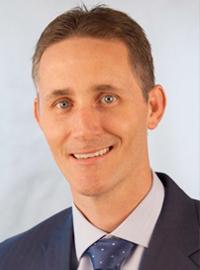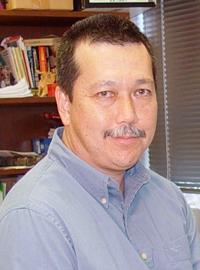Abstract
Studying samples taken from a naked planetary core would be a boon to scientific progress. The asteroid Psyche may allow scientists a chance at these samples. Psyche’s discovery occurred in the mid 1800’s making it the 16th asteroid ever found. Scientists know little about Psyche but believe it is the core of an early planet torn apart by large impacts. A mission to collect samples from Psyche’s surface may be proposed in the future.
Our job is to design a storage unit to hold samples of Psyche’s surface. The unit must preserve the samples' original state for study on Earth. To do this, the unit must hold the samples and protect them from damage. Our design focuses on damage from vibration, impact, and shock, that might occur on the trip to Earth. Some sources of damage may include vibration when entering Earth’s atmosphere, and impact from landing on Earth.
The success of this project rests on two main objectives. First, the design of a storage unit. Since the budget did not allow for top-grade materials, we designed two units. A high-cost design for mission purposes and a low-cost design for prototype purposes. The mission grade version consists of high-cost parts, durable enough for use in space. The cheaper model proves the design works correctly. The second objective is to integrate with Senior Design Team 501’s sample collector. The two units mount side by side on a rover and work together to store core-drilled samples.
A challenging part of the project is lack of data on Psyche. Designing for the unknown makes one assume the worst and hope for the best. This forces us to design for all possible environments. Building in fail safes help ensure integrity, no matter what challenges Psyche presents.
.Project


Rover Mounted Storage System (RoMSS)
The objective for this project was to develop a storage system that accepts samples from an end-effector designed by team 501. Samples are to be stored and protected for analysis.




















